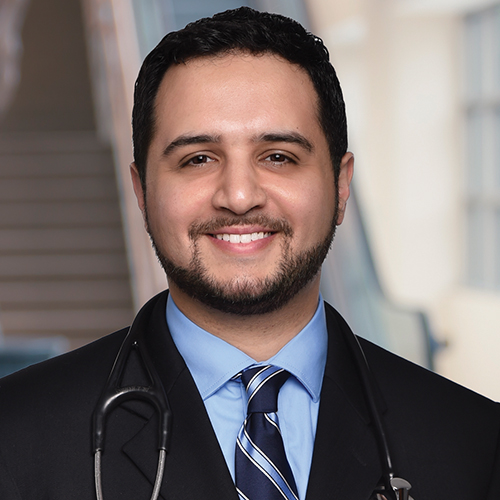Head and Neck Cancer: What It Is and How It's Treated
April 15, 2025Head and neck cancer includes several types of cancer that can affect the mouth, throat, voice box, and other nearby areas. While these cancers aren’t as well-known as some others, they can have a big impact on a person’s daily life—especially when it comes to speaking, eating, or even breathing. 
The good news is that when found early, many head and neck cancers can be treated successfully. Here, Afton Swanson, board-certified family nurse practitioner (FNP-BC) in radiation oncology with the Riverside Cancer Institute, aims to help you understand the risks, warning signs, and treatment options so you can feel more informed and empowered—whether you’re facing a diagnosis or supporting someone who is.
What Does Throat and Neck Cancer Encompass, Exactly?
Head and neck cancer is a broad term that includes many different types of cancers affecting various areas, including the mouth, throat (pharynx), voice box (larynx), sinuses, nasal cavity, and glands in the head and neck. The most common type is squamous cell carcinoma, though other types can occur as well.
“Typically, patients will first experience symptoms based on where the cancer is. So, they might have a mouth sore or a throat sore, some pain with swallowing, changes in their voice,” states Swanson. “Sometimes, they feel swelling or lumps. At times, weight loss is a warning sign because they can't eat or drink.”
Head and Neck Cancer Risk Factors
Head and neck cancers are linked to several modifiable risk factors, including tobacco use, alcohol consumption, HPV or EBV infections, occupational and sun exposure, and diet—such as processed meats. They are more common in men, people over 50, and those with a genetic predisposition.
“There is research that reveals farmers are at an increased risk due to their occupational exposures, certain pesticides, which contain carcinogens. The risk, of course, can be decreased by proper handling and wearing of personal protective equipment,” notes Swanson. “They also work outside a lot of the time. So, they get a lot of UV and sun exposure that can also contribute to the increased risk.”
Treatment Options That Minimize Side Effects
Head and neck cancer has a wide range of treatment options, which depend on the cancer’s type, location, and stage. Treatment is often multimodal, involving surgery, radiation, and systemic therapies like chemotherapy or immunotherapy. Diagnosis typically begins with a biopsy and imaging, and patients usually work with an ENT specialist, medical oncologist, and radiation oncologist.
Because the head and neck contain many vital structures, treatment can be especially challenging. Radiation, in particular, can cause side effects such as mouth and throat pain, taste changes, dry mouth, thick saliva, and difficulty swallowing—often requiring feeding tubes and dietary support. A strong care team, including a dietitian, plays a vital role in helping patients through this intensive process.
“There have been a lot of advancements in the field of head and neck cancer over the years, and it's greatly deescalated treatment-related effects. It can be a very difficult treatment to get through. But, there have been a lot of surgical advances, as well as studies on immunotherapy and targeted therapies,” assures Swanson. “For radiation, the goal is to target the cancer with precision and minimize the damage to healthy tissues. It's really focused on improving their quality of life before, during, and after treatment without compromising their cure rate or outcomes.”
For more information on the Riverside Cancer Institute, go to myrhc.net/cancer.

